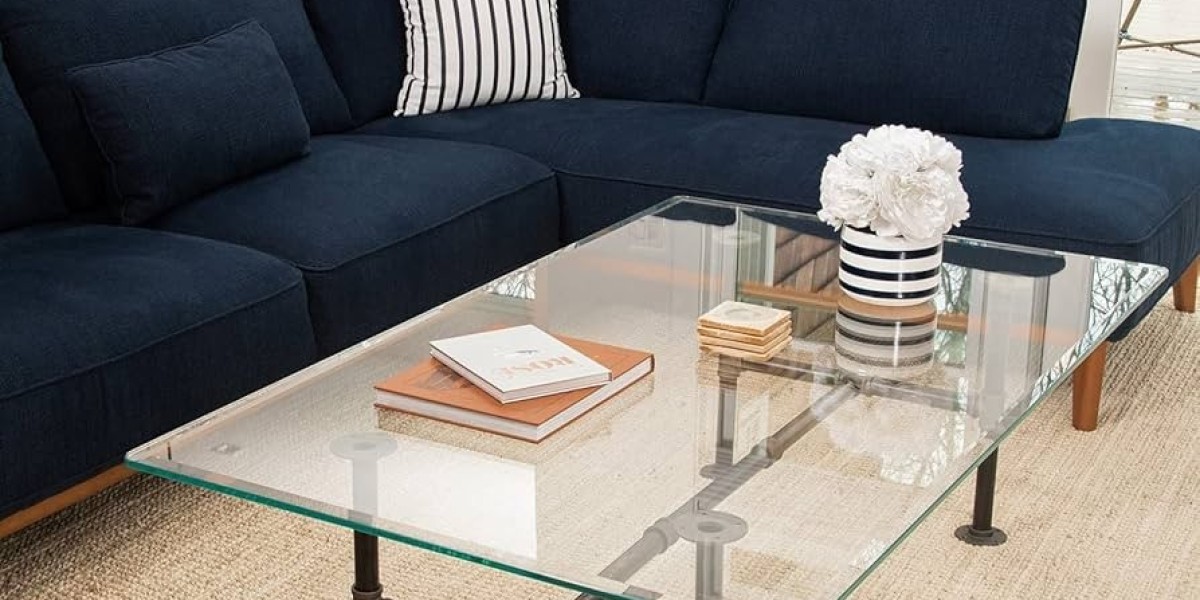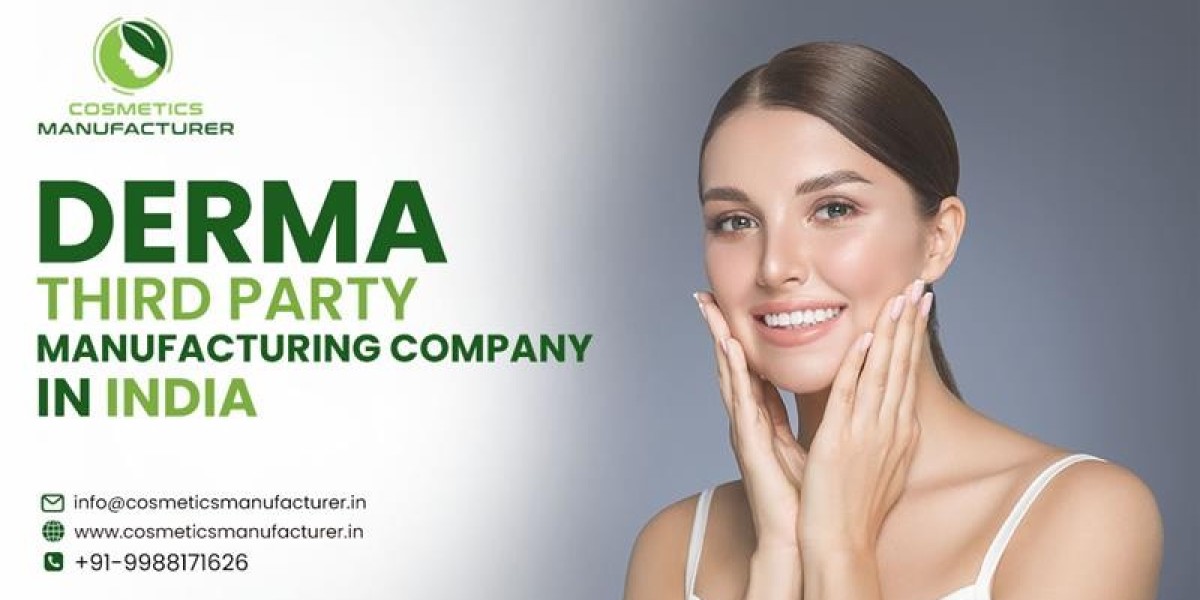Glass table tops have been a favorite in homes, restaurants, and offices for decades. They add an elegant touch to furniture, make rooms appear more spacious, and provide excellent protection for wooden or metal bases. But when it comes to selecting glass for glass top tables, most people struggle with questions: What type of glass should I use? How thick should it be? Is tempered glass worth it?
If you are considering upgrading or replacing a table top with glass, this detailed guide will help you make the right decision.
Why Glass is Ideal for Table Tops
Glass isn’t just stylish—it’s also practical. Here are a few reasons why it’s one of the most reliable choices for furniture:
Enhances Interior Design – Clear glass allows your furniture base to stand out, while tinted or frosted glass can create a bold design statement.
Protects Surfaces – Wood and metal surfaces can easily scratch, stain, or warp. A glass layer prevents this damage.
Easy Maintenance – Unlike wood, glass does not absorb liquids. Spills, fingerprints, or smudges can be cleaned in seconds.
Adds Brightness – Glass reflects natural light, giving any room a brighter and more open atmosphere.
Durability – When you choose the right type of glass, it can withstand years of daily use without losing its shine.
Types of Glass for Glass Top Tables
When shopping for a table top, you’ll come across different types of glass. Each has unique advantages:
1. Tempered (Toughened) Glass
This is the most popular choice for tables. Tempered glass is heated and rapidly cooled during production, making it up to four times stronger than ordinary glass. It’s also a safer option because, if broken, it shatters into small blunt pieces rather than sharp shards.
Best for: Dining tables, coffee tables, and outdoor furniture.
2. Annealed Glass
Annealed glass is standard, untreated glass. It is affordable and clear but not as strong as tempered glass. If it breaks, it forms sharp pieces, which can be dangerous.
Best for: Small accent tables or decorative use where safety is less of a concern.
3. Frosted Glass
Frosted glass has a soft, matte appearance that reduces glare and offers privacy. It looks modern and hides fingerprints better than clear glass.
Best for: Office desks, dining tables in contemporary interiors.
4. Tinted Glass
Available in shades like bronze, grey, and green, tinted glass adds a luxurious touch. It also blocks some UV rays, helping protect furniture underneath.
Best for: Stylish living rooms, outdoor settings, or where you want a unique finish.
5. Textured or Patterned Glass
These come with decorative designs, ripples, or etched patterns. They make tables stand out as statement pieces while also minimizing visibility of smudges.
Best for: Custom-designed furniture, coffee tables, and artistic interiors.
Choosing the Right Thickness
The strength of your glass depends heavily on its thickness. Here’s a quick guide:
6 mm (¼ inch) – Lightweight and suitable for small end tables or protective coverings.
10 mm (⅜ inch) – A balance of strength and elegance, commonly used for dining tables.
12 mm (½ inch) – Strong and durable, recommended for large glass-only bases or conference tables.
Tip: For everyday use, especially on dining or coffee tables, always choose tempered glass of at least 10 mm thickness.
Glass Edge Options
Edges aren’t just about looks—they also improve safety. Common finishes include:
Flat Polished – Straight, smooth edges for a sleek, modern style.
Beveled – Angled edges that create a sophisticated, elegant appearance.
Pencil Polished – Softly rounded edges, perfect for family-friendly homes.
Custom Decorative Edges – Unique designs that enhance luxury furniture.
Table Top Shapes and Customization
Glass can be cut into almost any shape to fit your furniture:
Rectangular – Best for dining and conference tables.
Round – Great for small dining spaces and coffee tables.
Square – Perfect for modern, compact interiors.
Oval or Custom Shapes – Ideal for unique bases or designer furniture.
If you’re ordering replacement glass, always measure carefully and confirm the dimensions with your supplier.
Safety Tips for Glass Tables
Because glass is used daily, safety should always come first:
Use tempered glass for all large or heavily used tables.
Add rubber bumpers or suction pads to keep glass stable on wooden bases.
Opt for rounded corners in homes with children.
Inspect the surface regularly for chips or cracks and replace damaged glass immediately.
Cleaning and Maintenance
Keeping your glass top shiny is simple if you follow a few steps:
Clean with a soft microfiber cloth and glass cleaner.
Avoid abrasive pads that might cause scratches.
Use placemats and coasters to prevent etching from sharp objects.
For streak-free results, try a homemade cleaner with vinegar and water.
Cost of Glass Table Tops
The price of glass varies depending on size, type, and finish:
Standard clear annealed glass: $40 – $100
Tempered clear glass: $80 – $250
Custom frosted or tinted glass: $150 – $400
Designer patterned glass: $200+
For exact pricing, it’s best to get a quote from a professional supplier who can cut the glass to your specifications.
Where Glass Table Tops Work Best
Glass table tops are versatile and can be used in different spaces:
Dining rooms – They add elegance and make dining areas brighter.
Living rooms – Glass coffee tables bring openness and style.
Workspaces – Glass desks look modern and professional.
Outdoor areas – With tempered or tinted glass, patio furniture becomes more durable.
? For more expert advice, check out the guide on custom glass table tops by Glass Doctor.
Eco-Friendly Choice
Another advantage of glass is sustainability. Unlike many materials, glass is 100% recyclable without losing quality. Many manufacturers now offer recycled glass options, allowing you to design eco-friendly furniture while still enjoying premium style.
Conclusion
When choosing glass for glass top tables, it’s important to balance safety, style, and functionality. Tempered glass is the best option for everyday use, while frosted, tinted, or patterned glass can elevate your table into a centerpiece. Thickness, edge design, and shape all contribute to the look and durability of your furniture.
With the right choice, a glass top will not only protect your furniture but also add timeless elegance to your home or office.








